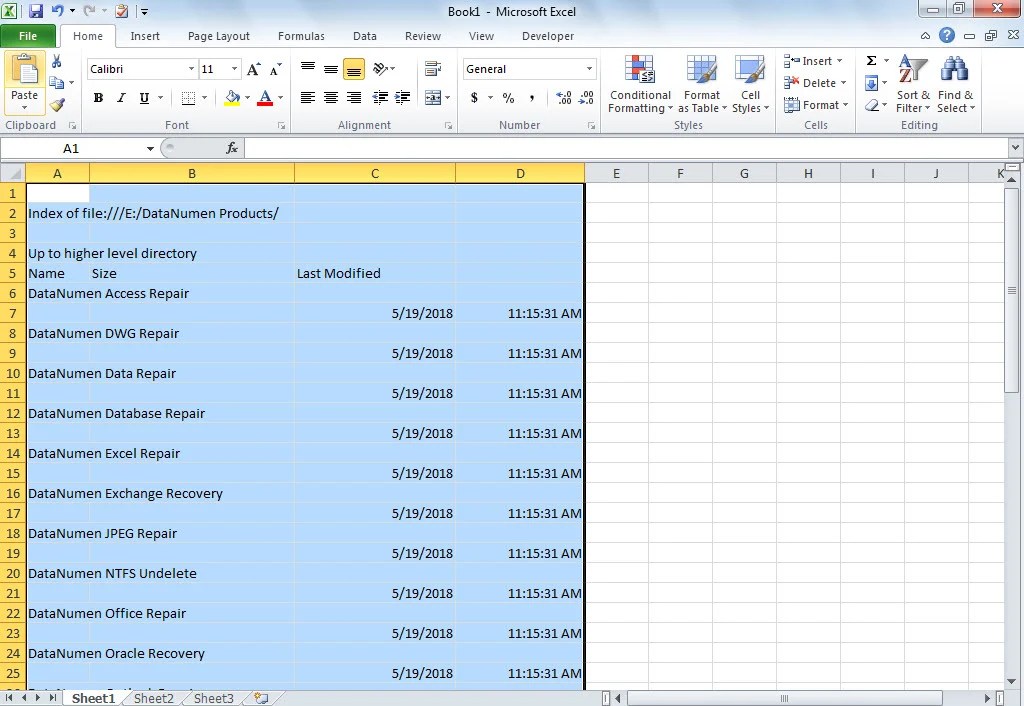Excel Mastery: Effortlessly Copy Sheets Between Spreadsheets

Understanding the Basics of Excel Sheet Copying


Before diving into the step-by-step process of copying sheets between spreadsheets, it’s essential to grasp the basic operations of Excel and why this functionality is useful. Excel, part of Microsoft Office, is renowned for its versatility in handling data through spreadsheets. Sheets within these spreadsheets are your playground, where you can organize, analyze, and manipulate data.
Why Copy Sheets? - Consistency: When working on multiple projects that require similar data sets or formatting, copying sheets can ensure consistency across projects without the need to recreate the wheel each time. - Efficiency: Instead of manually recreating complex layouts or formulas, copying a well-configured sheet saves considerable time. - Data Management: When you have data spread across different Excel files, copying sheets can help consolidate information for comprehensive analysis.
Steps to Copy Sheets in Excel

Let’s walk through the process of copying sheets from one Excel workbook to another:
Open Both Spreadsheets:
- Make sure both the source and destination workbooks are open in Excel.
Select the Sheet to Copy:
- Click on the tab of the sheet you want to copy in the source workbook. Right-click on the tab to open the context menu.
Choose ‘Move or Copy…’:
- From the context menu, select ‘Move or Copy…’.
Choose Destination:
- In the ‘Move or Copy’ dialog box:
- Select the destination workbook from the ‘To book’ dropdown.
- Decide whether to insert the sheet Before or After an existing sheet in the destination workbook.
- Check the Create a copy checkbox if you don’t want to move the original sheet.
- In the ‘Move or Copy’ dialog box:
Click OK:
- The sheet will now appear in the destination workbook.
📝 Note: When copying sheets, ensure you have the latest version of Excel installed to access all the latest features and avoid potential compatibility issues.
Using VBA for Copying Sheets

For those who are familiar with or willing to explore Visual Basic for Applications (VBA), Excel offers a powerful method to automate sheet copying:
Sub CopySheetBetweenWorkbooks()
Dim sourceBook As Workbook
Dim destinationBook As Workbook
Dim sourceSheet As Worksheet
Dim destinationSheet As Worksheet
Dim sheetName As String
Set sourceBook = Workbooks("SourceWorkbook.xlsx")
Set destinationBook = Workbooks("DestinationWorkbook.xlsx")
Set sourceSheet = sourceBook.Sheets("Sheet1")
sheetName = sourceSheet.Name
sourceSheet.Copy After:=destinationBook.Sheets(destinationBook.Sheets.Count)
Set destinationSheet = destinationBook.Sheets(destinationBook.Sheets.Count)
destinationSheet.Name = sheetName & "_Copy"
End Sub
To implement:
- Open the Visual Basic Editor in Excel (Alt + F11 or Developer Tab).
- Insert a new module and paste the VBA code above.
- Modify the file names and sheet names as needed.
- Run the macro to copy the sheet.
🔎 Note: VBA scripts can significantly enhance your productivity in Excel but remember to back up your work before running any macros as they might make changes to your files.
Advanced Techniques: Conditional Sheet Copying

If you need more control over which sheets are copied, consider using VBA with conditional statements:
Sub ConditionalSheetCopy()
Dim sourceBook As Workbook
Dim destinationBook As Workbook
Dim sheet As Worksheet
Dim nameToCopy As String
Dim wsName As String
Set sourceBook = Workbooks("SourceWorkbook.xlsx")
Set destinationBook = Workbooks("DestinationWorkbook.xlsx")
nameToCopy = "SheetToCopy"
For Each sheet In sourceBook.Sheets
wsName = sheet.Name
If InStr(wsName, nameToCopy) > 0 Then
sheet.Copy After:=destinationBook.Sheets(destinationBook.Sheets.Count)
End If
Next sheet
End Sub
Here, the script will copy only the sheets whose names contain the specified string “SheetToCopy”.
Addressing Common Issues

When copying sheets, you might encounter several common issues:
Linked Formulas: When you copy a sheet to a different workbook, links to external workbooks might break. Adjust references manually or use Excel’s in-built tools to fix links.
Data Validation: Data validation rules might not copy correctly if they reference cells outside the copied sheet.
Macros: Macros linked to sheets might not function correctly when copied to a new workbook. Ensure macros are updated to reflect the new workbook environment.
💡 Note: Excel's sheet copying mechanism is robust but not infallible. Take care to verify the copied sheets for accuracy after the process.
The process of copying sheets in Excel can greatly enhance your productivity and streamline your workflow. Whether you’re managing large datasets, ensuring consistency across projects, or automating routine tasks, Excel provides various methods to accomplish this task with ease. By understanding the basic process, leveraging VBA for automation, or addressing potential issues, you can master the art of transferring data between spreadsheets. This not only saves time but also reduces the risk of data entry errors and maintains the integrity of your work.
By now, you’re equipped with knowledge on basic and advanced techniques for copying sheets in Excel. Remember that practice will make these processes second nature, enhancing your efficiency in handling Excel spreadsheets for any professional or personal project.
How do I ensure formulas work after copying a sheet?

+
When copying sheets, relative cell references in formulas will adjust automatically. However, for external references, you might need to update links or use the Edit Links feature to correct references.
Can I copy multiple sheets at once?

+
Yes, you can select multiple sheets by holding Ctrl and clicking on each tab, then follow the same process of right-clicking and choosing ‘Move or Copy…’. VBA can also handle this automation.
What happens if the sheet name already exists in the destination workbook?

+
If a sheet with the same name exists, Excel will rename the copied sheet by appending a number (e.g., ‘Sheet1 (2)’).